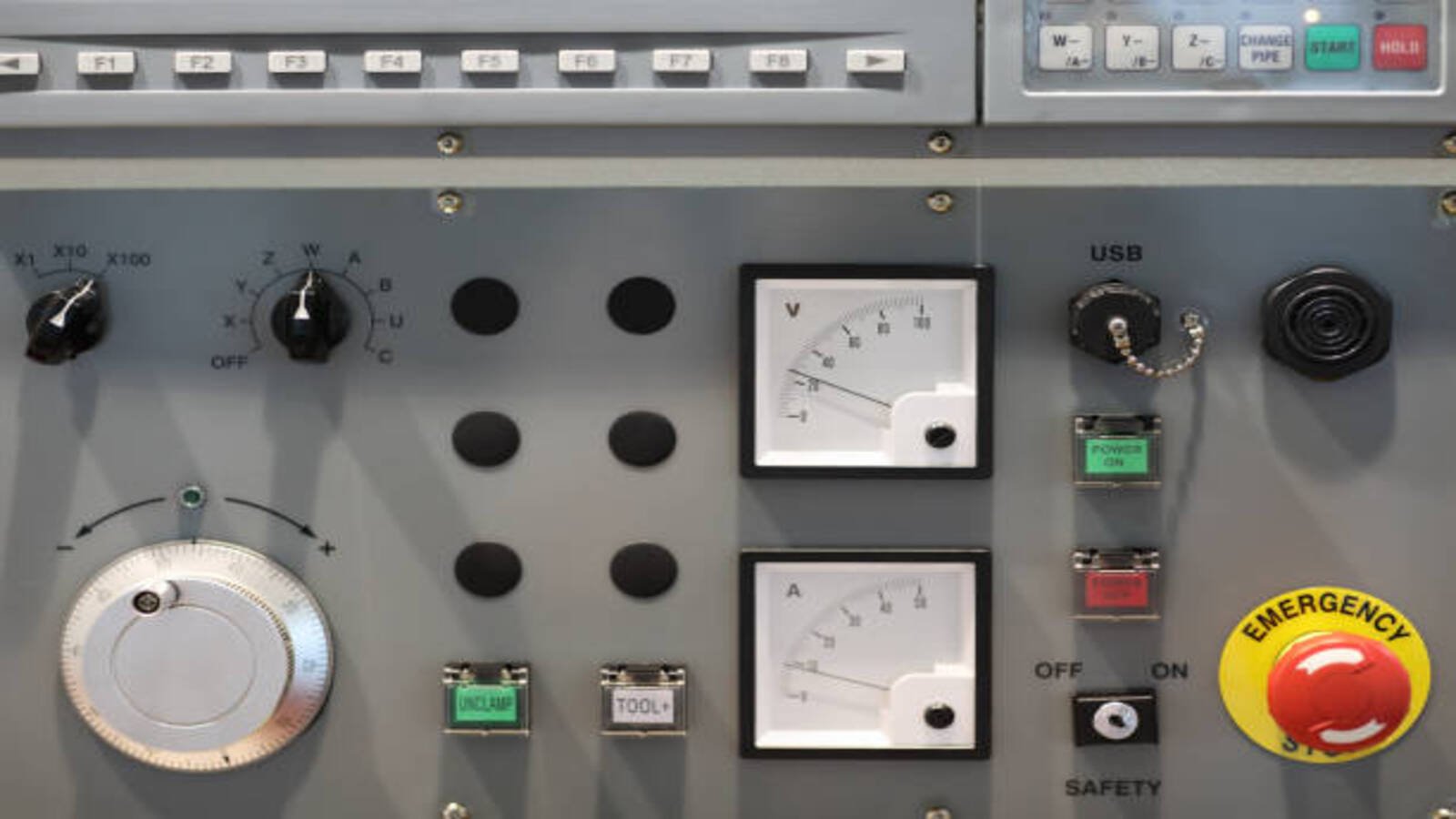Heat Treatment Processes for Enhancing Switchgear Component Durability
Switchgear components are pivotal in ensuring proper functioning of electrical power systems. These components face extreme temperatures and conditions, leading to wear and tear over time. However, with the implementation of heat treatment processes, switchgear component durability can be enhanced, leading to better performance and extended lifespan. In this article, we will discuss different heat treatment processes that can be used for enhancing switchgear component durability.
Normalization
Normalization involves heating the switchgear components above the transformation temperature of steel, followed by cooling in still air. This process reduces the internal stress and refines the steel's grain size, thus enhancing its mechanical properties. Normalization can be used to enhance the durability of components such as circuit breakers, contactors, and disconnect switches.
Quenching and Tempering
Quenching and tempering is a heat treatment process that involves heating the steel to a critical temperature, followed by cooling in a quenching medium and then reheating to a temperature below the critical temperature. This process enhances the steel's hardness, strength, and toughness, making it suitable for use in switchgear components that undergo high mechanical stress, such as circuit breakers, disconnect switches, and instrument transformers.
Annealing
Annealing involves heating the steel to a specific temperature and then cooling it slowly. This process reduces the internal stress and enhances the steel's ductility, making it suitable for use in components such as busbars and current transformers.
Solution Annealing
Solution annealing involves heating the steel above the critical temperature, followed by rapid cooling in water or oil. This process eliminates carbides and refines the steel's grain structure, enhancing its corrosion resistance and mechanical strength. Solution annealing can be used for components such as circuit breakers, disconnect switches, and instrument transformers.
Induction Hardening
Induction hardening is a heat treatment process that involves heating only the surface of the component using high-frequency electric currents and then immediately quenching it. This creates a hardened layer on the surface of the component, enhancing its wear resistance. Induction hardening can be used for components such as circuit breaker contacts, switchgear contacts, and busbars.
Nitriding
Nitriding is a heat treatment process that involves heating the steel in the presence of nitrogen gas. This process creates a hardened layer on the surface of the component, enhancing its wear and corrosion resistance. Nitriding can be used for components such as circuit breaker contacts, switchgear contacts, and busbars.
Surface Coatings
Surface coatings can be applied to switchgear components to enhance their durability. These coatings can include electroplating, anodizing, and powder coating. Electroplating involves the deposition of a thin layer of metal onto the surface of the component, enhancing its wear and corrosion resistance. Anodizing involves the formation of an oxide layer on the surface of aluminum components, enhancing its corrosion resistance. Powder coating involves the application of a dry powder to the surface of the component, which is then cured to form a tough, wear-resistant coating.
Vacuum Heat Treatment
Vacuum heat treatment involves heating the components in a vacuum environment, which eliminates the risk of oxidation and contamination. This process enhances the steel's mechanical properties and can be used for components such as circuit breakers, disconnect switches, and instrument transformers.
Cold Working
Cold working is a process that involves deforming the steel at room temperature. This process increases its hardness and strength while reducing its ductility. Cold working can be used for components such as busbars and current transformers.
Conclusion
Heat treatment processes are essential for enhancing the durability of switchgear components. By applying these processes, the mechanical properties of the components can be improved, leading to better performance and prolonged lifespan. Whether it's normalization, quenching and tempering, annealing, induction hardening, nitriding, surface coatings, vacuum heat treatment, or cold working, careful consideration should be given to the specific component and its operating conditions before selecting a suitable heat treatment process.

